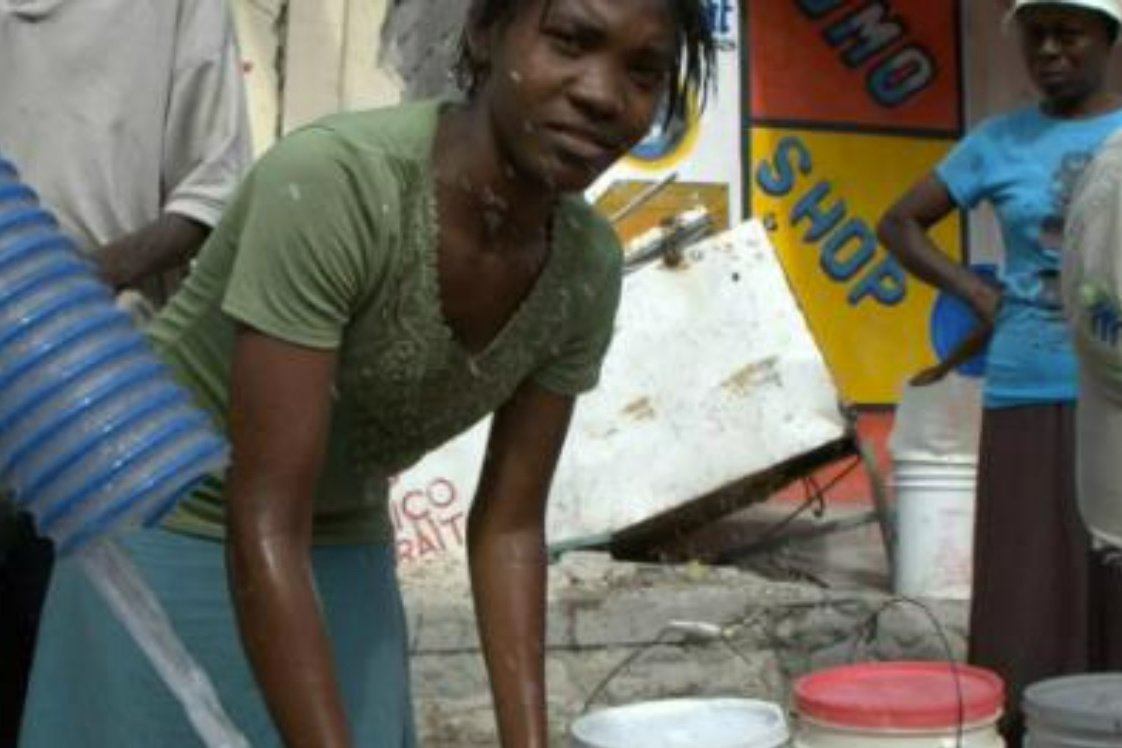Typhoid
Last Updated: 20 February 2023
 Typhoid fever can be a life-threatening infection caused by the bacterium Salmonella Typhi. It is usually spread through contaminated food or water and less commonly, person-to-person contact, and has been reported in Asia, Africa and the Americas.
Typhoid fever can be a life-threatening infection caused by the bacterium Salmonella Typhi. It is usually spread through contaminated food or water and less commonly, person-to-person contact, and has been reported in Asia, Africa and the Americas.
Risk & Prevention
- Typhoid is most common in parts of the world where water and food may be unsafe and sanitation is poor, especially South Asia and Africa, but also in the Caribbean and Central and South America. Learn how to avoid unsafe food and water.
- Typhoid vaccines are an effective tool that have been used for many years to prevent typhoid.
- Access to safe water and adequate sanitation, hygiene among food handlers and typhoid vaccination are all effective in preventing typhoid fever.
Symptoms & Treatment
Salmonella Typhi lives only in humans. Persons with typhoid fever carry the bacteria in their bloodstream and intestinal tract. The incubation period ranges from 7-14 days on average but can range from 3 days to two months. Symptoms include;
- Prolonged high fever
- Fatigue
- Headache
- Nausea
- Abdominal pain
- Constipation or diarrhea
Typhoid fever can be treated with antibiotics. Even when the symptoms go away, people may still be carrying typhoid bacteria, meaning they can spread it to others through their feces.
It is important for people being treated for typhoid fever to do the following:
- Take prescribed antibiotics for as long as the doctor has prescribed.
- Wash their hands with soap and water after using the bathroom, and do not prepare or serve food for other people. This will lower the chance of passing the infection on to someone else.
- Have their doctor test to ensure that no Salmonella Typhi bacteria remain in their body.
Information for UN Staff
- UN Medical Directors Risk Mitigation Plan for Typhoid (English | French)
- WHO Typhoid Fever FAQ's
- CDC Typhoid & Paratyphoid Fever Information
- CDC Advice on How to Choose Safe Foods and Drinks When Traveling
Communications Resources
